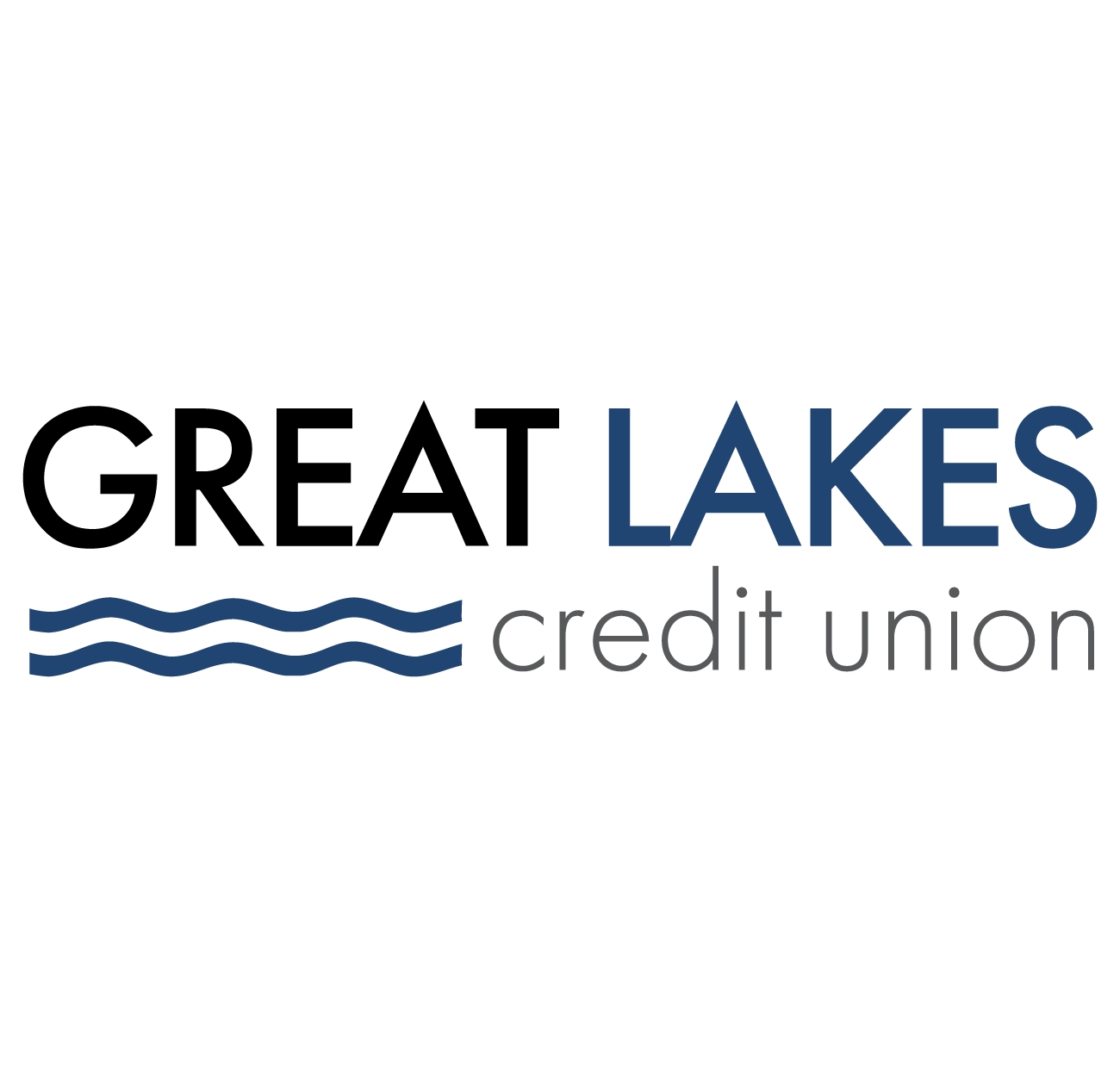

Finance
Diworsification Definition
Published: November 13, 2023
Discover the meaning of diworsification in finance and how it can impact your investment portfolio. Learn how to avoid this common mistake and optimize your investment strategy.
(Many of the links in this article redirect to a specific reviewed product. Your purchase of these products through affiliate links helps to generate commission for LiveWell, at no extra cost. Learn more)
Why Diworsification Matters in Finance: Understanding the Definition and Impact
Finance is a vast field that encompasses a wide range of strategies and concepts, and diworsification is one such concept that plays a significant role in investment decision making. But what exactly is diworsification? In simple terms, diworsification refers to the act of adding more investments to a portfolio that ultimately leads to diluting the potential returns.
Key Takeaways:
- Diworsification occurs when investors continuously add new investments to their portfolio without proper analysis and understanding, resulting in lower returns.
- Successful investment strategies focus on diversification, which aims to minimize risk by spreading investments across different asset classes and sectors.
While diversification in investment is a well-known and widely practiced strategy, diworsification is its less glamorous cousin. Investors often fall into the trap of diworsification due to various reasons, such as fear of missing out on potential opportunities or the desire to spread risk too thin.
Why Diworsification Can Be Detrimental
In the pursuit of minimizing risk, some investors mistakenly believe that adding more investments to their portfolio will result in increased safety. However, too much diworsification can actually work against this objective in multiple ways:
- Reduced Focus: Diworsification can lead to a lack of focus on the underlying investments. With a bloated portfolio, it becomes challenging to stay updated on each investment’s performance and make informed decisions.
- Increased Transaction Costs: Managing a large number of investments requires more effort, time, and resources. This translates into higher transaction costs, which ultimately eat into the returns on investment.
- Missed Opportunities: Over-diversifying can prevent investors from capitalizing on high-potential investment opportunities. By spreading investments too thin, they may miss out on significant returns that could impact their overall portfolio performance.
Ultimately, diworsification can hamper an investor’s ability to achieve optimal returns and potentially limit their ability to reach their financial goals.
How to Avoid Diworsification
Now that we understand the potential downsides of diworsification, it’s crucial to know how to avoid falling into this trap. Here are a few key strategies:
- Focus on Quality: Instead of adding multiple low-quality investments to your portfolio, consider focusing on a smaller number of high-quality assets. Conduct thorough research and analysis to ensure each investment has the potential for growth.
- Smart Asset Allocation: Diversify your portfolio by investing in different asset classes such as stocks, bonds, real estate, and commodities. This helps spread risk without overcomplicating your portfolio.
- Create a Plan: Develop a clear investment plan that aligns with your financial goals and risk appetite. Stick to your plan and resist the temptation to add investments that do not fit within your strategy.
- Regular Review: Monitor and review your portfolio regularly to assess the performance of each investment. This helps identify underperforming assets and make necessary adjustments.
By following these strategies, investors can stay on the path of diversification without succumbing to diworsification, ensuring they maximize their potential returns while managing risks effectively.
In Conclusion
While diversification is a well-regarded strategy in finance, understanding diworsification is equally important to avoid potential pitfalls. By recognizing the downsides of diluting a portfolio with excessive investments, investors can make informed decisions and construct portfolios that optimize returns while managing risk effectively. Remember, quality over quantity should be the guiding principle when it comes to building a successful investment portfolio.














